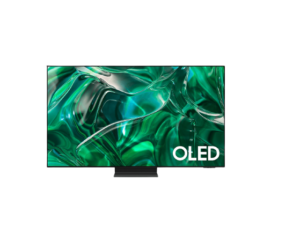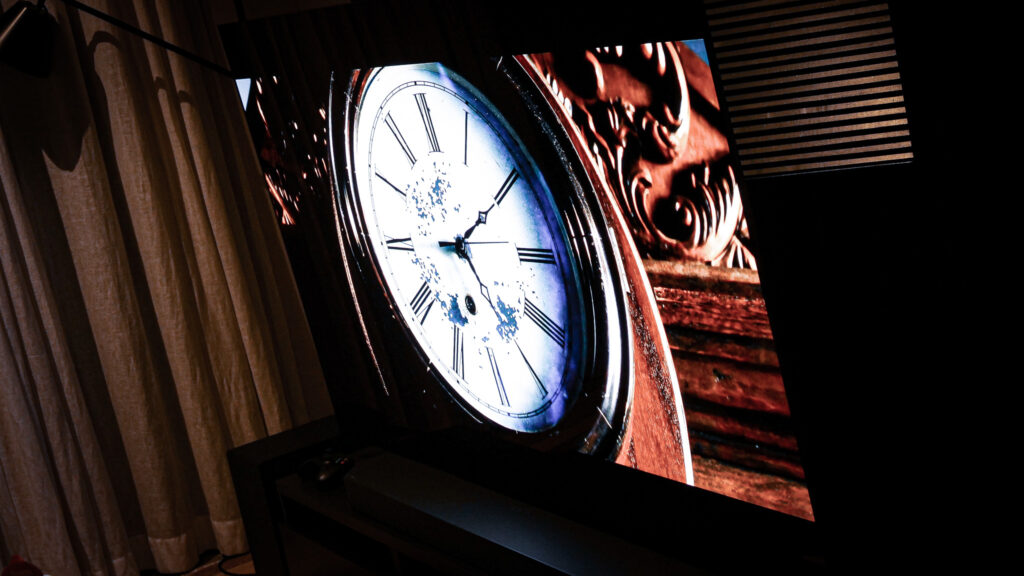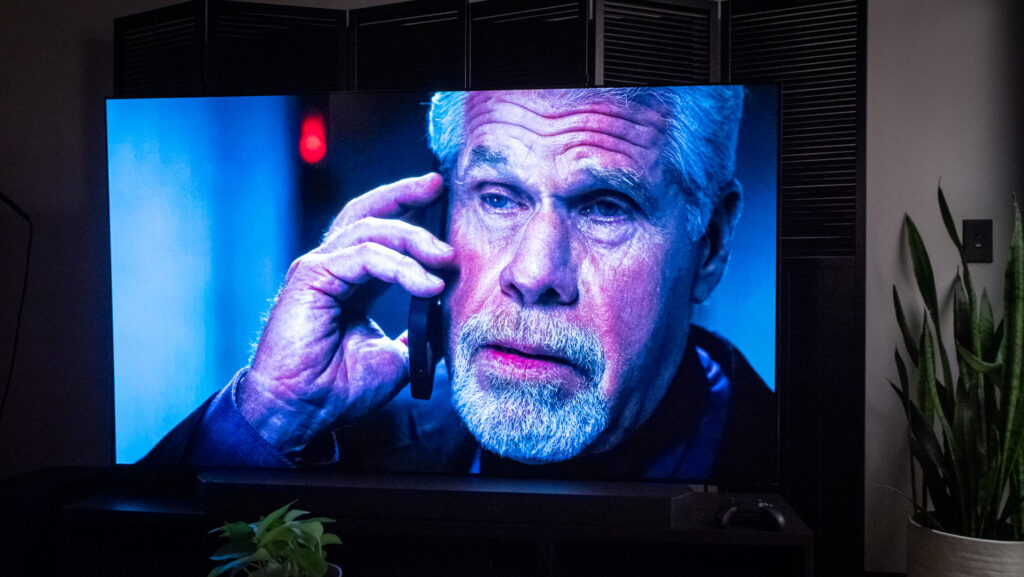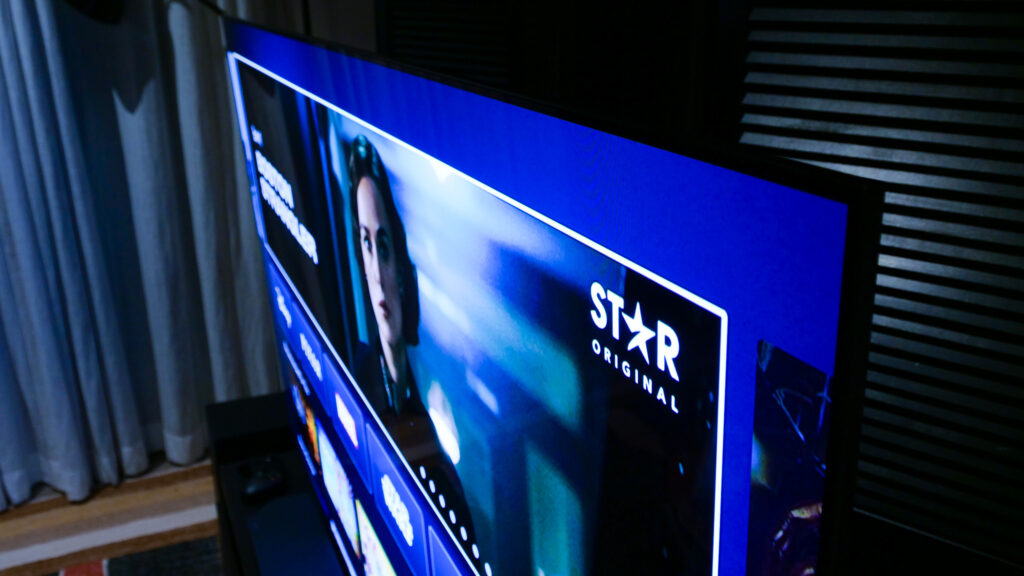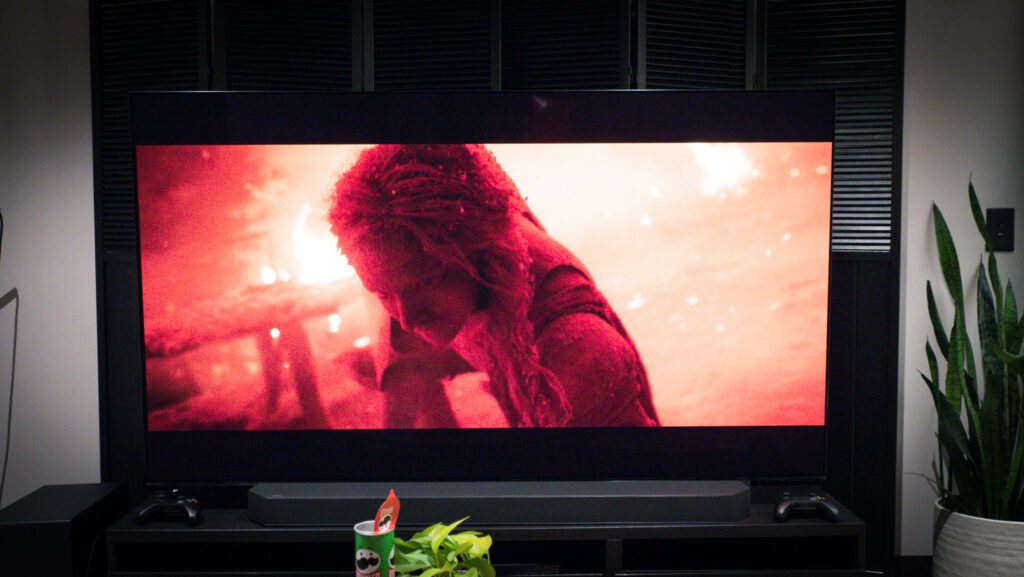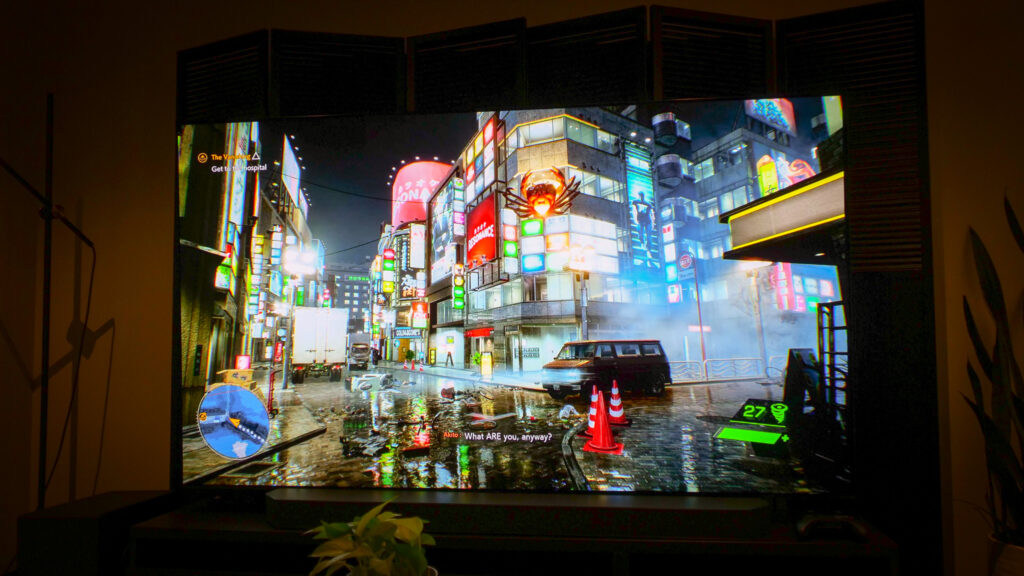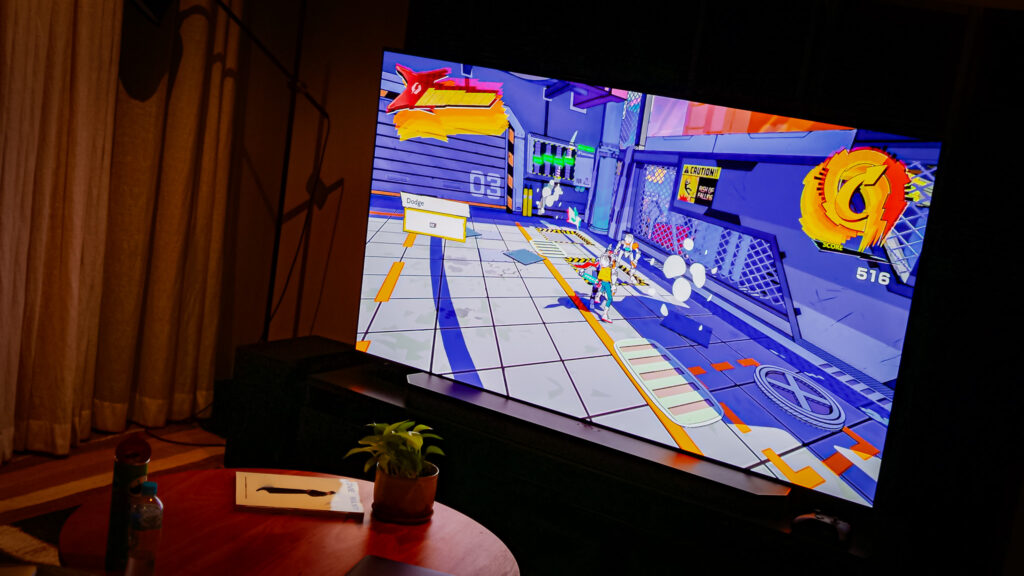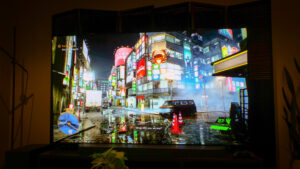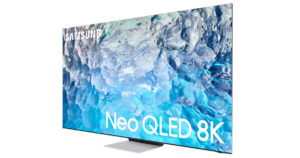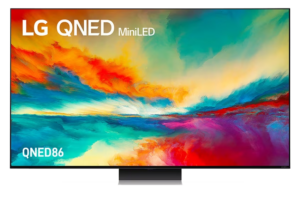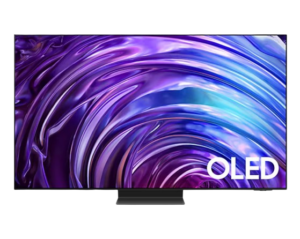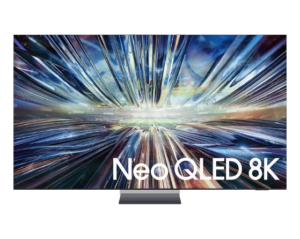OLED is starting to feel a little ordinary.
Hands-on with the Samsung S95C OLED 4K TV
I've spent the past six years asking Samsung to finally make an OLED TV, but I'm beginning to appreciate why it took so long.
I mean, don't get the wrong idea. This story has a happy ending. The new Samsung S95C OLED TV is a stunning cinematic canvas brings ticks almost every box bar 8K. It's primed to have home entertainment nerds hyped and comes in at a price tag that's only a little more expensive than the competition rather than a lot. At the same time, there's little that sets this TV apart aside from the fact that it's one of the only Samsung models to rely on an OLED screen.
The gap between what this year's top-of-the-line OLED and Neo QLED TVs can offer feels smaller than ever. That's a testament to how much work has gone into making the latter better, but it inevitably saps the S95C of some of the magic.

Initial pros
It's brighter OLED. Compared to last year's models, both of this year's Samsung OLED TVs are around 30% brighter. Given that OLED TVs can sometimes struggle to deal with glare, that's a clear win. In practice, I found that the S95C was often more than vivid enough to expose the finer details of a darkly lit scene. The snowstorms and the inky candle-lit shadows in the ninth episode of Poker Face proved to be a great demo for this.
There are thin bezels. While having thinner bezels on your TV doesn't sound like a huge breakthrough, I found it to be a lot more striking than I would have expected. Combined with the slimness of the display panel itself, it really does feel like you're looking through a window into whatever you happen to be watching.
Packed with premium perks. The Samsung S95C OLED TV also incorporates the more convenient cabling of the Samsung One Connect Box and the upgraded acoustics of Samsung's more advanced Object Tracking Sound+ tech. These aren't new inclusions, but they're definitely welcome ones.
Upgraded picture upscaling. Under the hood, the S95C OLED TV is powered by the same Neural Quantum processor found in Samsung's latest Neo QLED TVs. The upscaling here is sometimes subtle, but I really found it made a big difference when giving on-screen images a sense of texture. This impact was really noticeable when it came to the chaotic visual language of Everything Everywhere All At Once.
Initial cons
I still don't love Samsung's latest Smart UI. It feels like the company has fully turned the corner on turning TVs into small tablets and it has yet to spark joy for me. Even if the processor inside the S95C is responsive enough to keep things running smoothly, there's something inherently clunky about having to jump between the various interfaces and media sources. I wish there was some sort of lite mode setting that would give me something closer to the ribbon-style interface I'm used to dealing with.
All these pixels don't come cheap. Even if the starting price of $4649 is only a small increase on the starting price of last year's Samsung S95B OLED 4K TV, that's still a fairly significant surcharge on what a 55-inch OLED TV from another brand might cost you. Given that it's such a new addition to the roster for Samsung, that kind of premium isn't surprising. At the time though, it's hard to get hyped about it.
Not going to be great in lighter environments. It's no secret that OLED doesn't look nearly as good in lighter environments. The Samsung S95C might fare better than most on this particular front, but it doesn't suddenly solve one of the display technology's biggest weaknesses overnight. If you want to get the most out of what the hardware here can do, you're going to want to stick to an environment where you have a lot of control over the lighting. If you can't, it may struggle to compete with things like glare and ambient lighting.
Final thoughts
Samsung has done such an incredible job of integrating this year's OLED models into the broader lineup that it almost feels ordinary. It's another option on the menu rather than that dish you just gotta order. It'll appeal to those who have the right setup for it, but it's telling that it doesn't sit at the very tip-top of the roster.
The trade-offs to the bargain struck here are as fascinating as they are formidable. Those who don't have the right home for this kind of TV, don't like the price or aren't particularly sold on a TV that mostly seems to exist to show off how far Samsung is able to push the underlying technology may be better served elsewhere.
On the other hand, Aussies that do take up Samsung's offer is unlikely to be disappointed with what the S95C OLED TV delivers. It achieves close to peak performance for an OLED of its weight class, even if it does share so much with the rest of the Samsung roster that it becomes tricky to evaluate on its own terms.
How much does the Samsung S95C OLED TV cost?
In Australia, Samsung's new OLED 4K TVs are available for preorder through the usual retailers from this week. Orders are expected to ship out in late April, depending on the retailer.
Check out the table below for a breakdown of local pricing for each available size.
Related Articles





